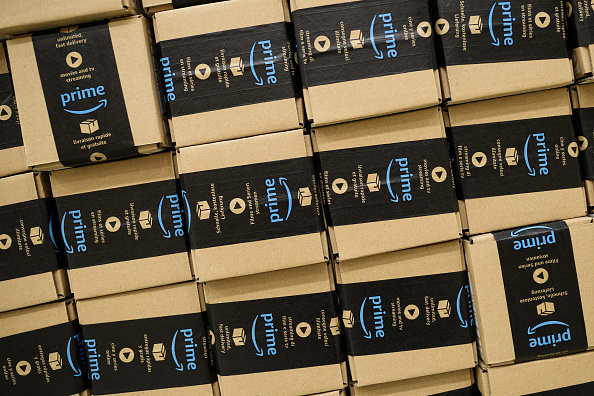
This week saw Amazon.com host its second Prime Day sale of 2023. The two-day sale event, which is exclusively for Prime members, is viewed by many as the unofficial start to the holiday shopping season. How did this most recent sale event compare to its predecessor in July, as well as year-over-year? Numerator, the consumer insights and data company, tracked purchase activity during this week’s Prime Big Deal Days. Here’s some of the data it collected:
- The average order size on Prime Big Deal Days was $53.47, down from July’s Prime Day sale but up slightly from last October’s Prime Early Access sale.
- Over half (55 percent) of households shopping Prime Big Deal Days placed two-plus separate orders, bringing the average household spend to roughly $124.09.
- More than half (60 percent) of Prime Big Deal Days items sold for under $20, while 4 percent were over $100 — the average spend per item was $27.90.
- Fifty-eight percent of Prime Big Deal Days shoppers said they were highly satisfied with the deals offered. Over half (55 percent) compared prices at other retailers before making their Amazon purchases.
- Nearly half of Prime Big Deal Days shoppers said they purchased something they’d been waiting to buy on sale, while a third said they bought items included in Prime Big Deals and a quarter in Lightning Deals.
Total Retail’s Take: The holiday shopping calendar continues to start earlier and earlier, with the fall Prime Day event often looked at as its kickoff. The results from this most recent Prime Day may not inspire rousing confidence among retail and brand executives for the upcoming holiday shopping season. One forecasted trend, as seen in the Prime Day data, is that consumers will be looking for value in their purchases, waiting for discounts before transacting. That of course will negatively impact retailers’ margins and bottom line performance. In addition, it’s likely that we will see continued rising consumer adoption of omnichannel services (e.g., BOPIS, ship-from-store), with foot traffic slowly but steadily increasing in a post-COVID landscape. Those retailers with connected inventory and order management systems to facilitate the seamless flow of inventory across channels stand to have a competitive advantage vs. those that don’t.






